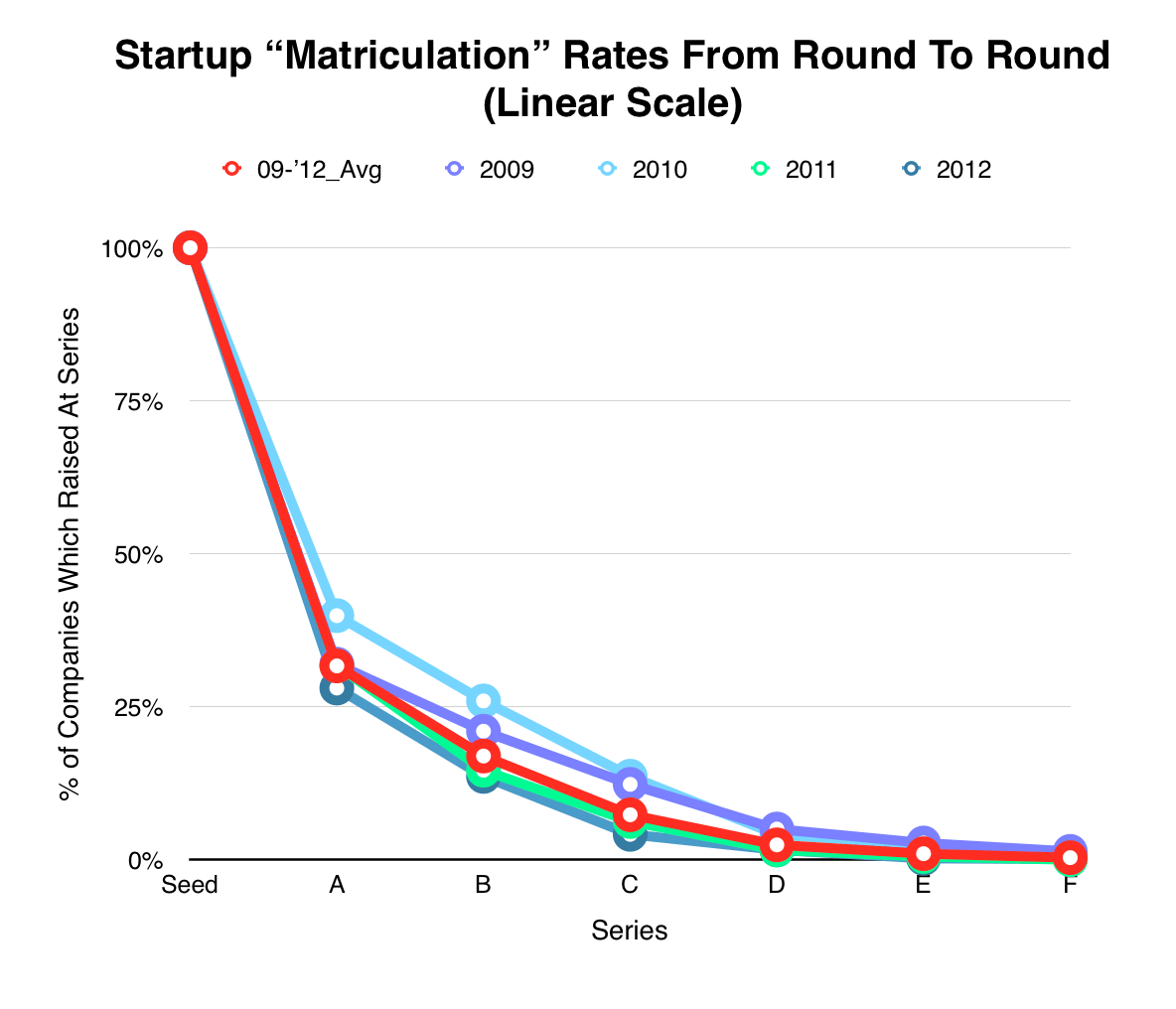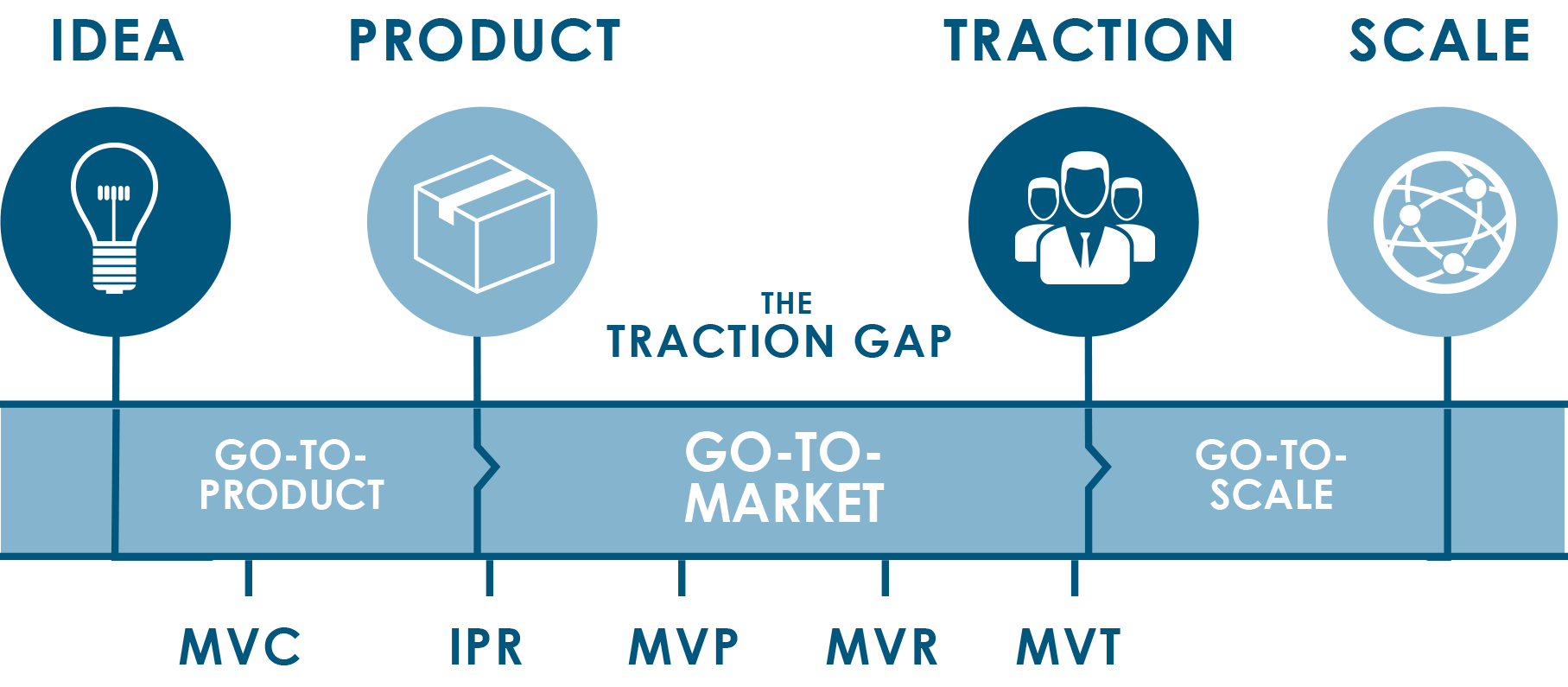Why 80% Of All Startups Fail, And What You Can Do To Succeed
January 11, 2019
PUBLISHED BY Wildcat Venture Partners
The evidence is clear: More than 80% of startups fail.

When Wildcat Venture Partners was formed in 2015, our founding General Partners examined their decade-long venture track-records to see what they could learn from both their successful and their failed investments. What they found was pleasantly surprising: Their personal investment records were much better than the industry standard. Nearly 70 percent of the early stage startups they had backed had been able to build a product, take that product to market, and had gone on to scale.
Puzzled as to why, our founding team looked deeper and discovered that they each had used many similar techniques to generate those results. So, we codified their hard-won wisdom into a centralized strategy that we now call the Traction GapTraction GapTM Framework. The Traction Gap Framework represents Wildcat’s core philosophy. It gives us structure, and a common language to communicate more effectively with ourselves and management teams. It also provides a set of principles that we use to formulate bespoke strategies and operating plans with each of our portfolio companies.

What is so revolutionary about the Traction Gap Framework? The answer is simple: It provides a roadmap along with guidelines and tactics for early stage startup teams to use to generate traction and secure the confidence of investors to support a subsequent round of financing and go on to scale.
Reaching Market-Product Fit
Startups are typically great at engineering products, but many, lack the requisite skills needed to engineer a market for those products. And without solving both parts of this equation, they are doomed. An innovative product wins you a seat at the table but assessing and validating the market before you even begin to build that product is critical to winning the hand.
Steve Blank taught us all that we should strive for product/market fit – to be sure that the product we build is ideally-suited for the market we want to capture and lead. We take a slightly different point of view. Instead of product/market fit, we believe you should focus on market/product fit; without a market, there is no need for your product.
Once you have been convinced – through quantitative and substantial research – that there is a need for your product, you must then engineer a market for it.
To accomplish this, you have two options; you can either create a new market or you must redefine an existing one and in either case install your company as the leader through thought leadership and other market engineering techniques.
Trying to compete in an existing market defined and dominated by an existing company is a recipe for disaster. The principles outlined in the Traction Gap Framework are designed to show startup teams how to become “market engineers” and perform critical marketing engineering work.
The proof of the Traction Gap Framework is in the pudding. At Wildcat, we have observed these principles radically reduce the failure rate of early stage venture-backed startups. They can help you, too.
Selling to Investors
In addition to engineering a product and a large and addressable market, what many entrepreneurs often don’t realize is that they must simultaneously create a financial product: the startup itself. This is the hard sell they must make to potential investors. And selling a financial product to investors is very different from selling a product or service to consumers or businesses.
The Traction Gap Framework gives entrepreneurs a powerful tool they can use to develop their investor-specific “product”. It provides entrepreneurs with a prescriptive approach to category creation and market validation, product positioning, and to use statistically valid market research to turn strong hunches into fact-based insight. Addressing these issues massively increases a startup’s probability it will generate the traction it needs to secure the confidence of investors and the next round of financing.
At Wildcat, we have found the Traction Gap Framework to be an invaluable approach for ourselves and the management teams of our portfolio companies. It has helped us – and more importantly, our portfolio companies – to chart a course through the unpredictable waters of disruptive innovation. It has served as a communication device to keep us aligned with our portfolio CEOs and their teams. Most importantly, it has helped our portfolio companies avoid becoming another grim statistic.
To learn more about the Traction Gap Framework, head here.
To get a deeper understanding of the Traction Gap principles, check out these resources: